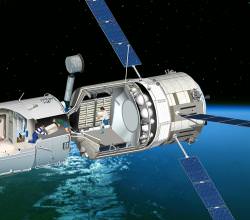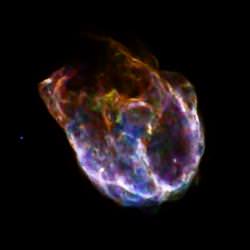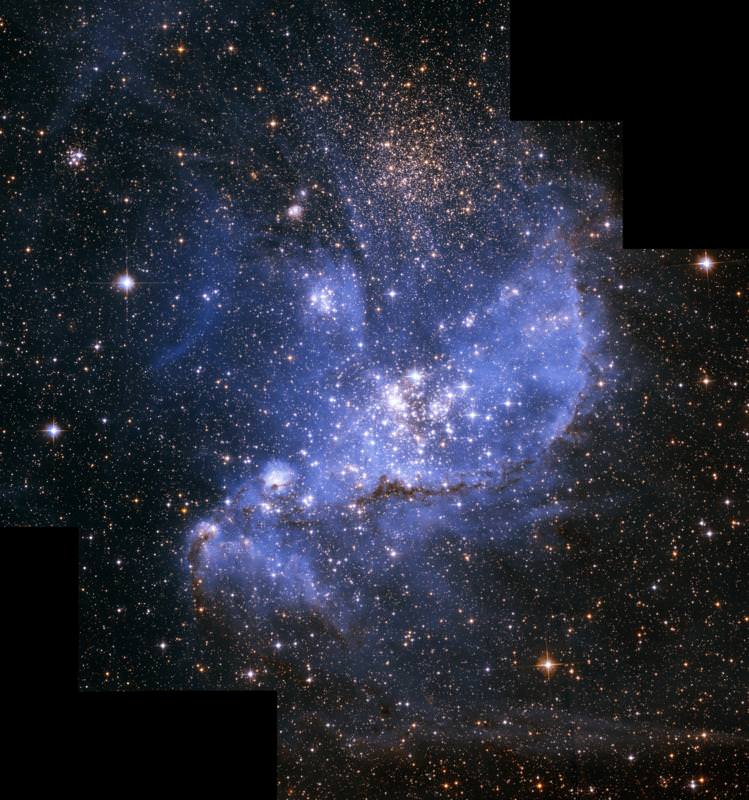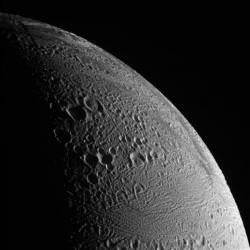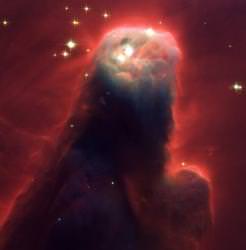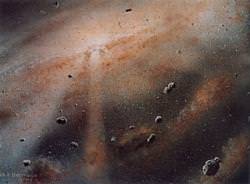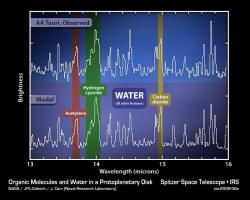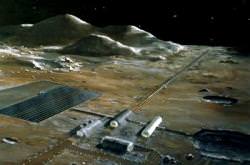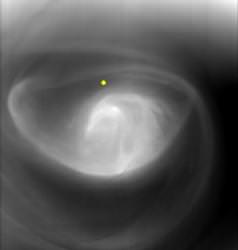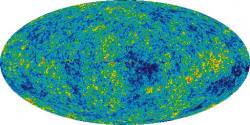There’s an interesting story posted to the Christian Science Monitor today entitled, Does Space Need Air Traffic Control?. It’s a good question. Are there just too many spacecraft, satellites and space telescopes buzzing around the Earth at this point that collisions will be inevitable without some kind of system to manage them all?
The article describes the pileup of spacecraft currently at the International Space Station. Think about it. Endeavour just arrived for STS-123 and Europe’s new cargo ship will show up on April 3rd. There’s already a Progress supply ship docked to the station, and a Soyuz will be arriving on April 10th for a crew swap. And next year, the Japanese will be adding their automated resupply ship there as well.
With this kind of traffic to and from the station, people are starting to call for some way to regulate it. Some are hoping there’ll be an international body, like the International Civil Aviation Organization, and others think that nation-to-nation agreements will do the trick.
There’s a building consensus that space debris is becoming a real threat to future space launches. The more material up there, the better chance it could collide with future spacecraft and stations. And there’s a worry that the density of space debris could reach some dangerous point where it collides and re-collides until a band of space becomes a shrieking hail of tiny particles moving at high velocity. No spacecraft could withstand passing through that region without being torn to shreds.
You might be surprised to know that there’s currently no cooperation between nations. Last year, China fired an anti-satellite missile at dead communications satellite, and blew it into high velocity shrapnel. Other nations will now have to keep track of this belt of debris for more than a century until its orbit finally decays and it burns up.
Countries don’t inform one another when they launch spacecraft, when they change orbits, or even when they crash them back down into the Earth’s atmosphere (hopefully to burn up).
What would it take to get international cooperation to ensure that the trip up to orbit is as safe from debris as possible? Anyway, check out the article and discuss.
Original Source: Christian Science Monitor

